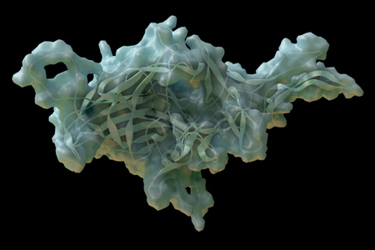Impact Of The Genome Length Of Adeno-Associated Viral Vectors On Yield And Quality
By R. Derler, M. Ohme, E. Schweigert, F. Dunker, K. Breunig, F. Sonntag, M. Hoerer, and A. Schulze

Adeno-associated viruses (AAVs) are naturally occurring, single-stranded DNA viruses that have emerged as powerful vectors for gene therapy. The wild-type AAV genome is approximately 4.7 kilobases (kb) in length. However, even when packaging transgenes of similar size to the wild-type genome, researchers often observe lower yields compared to smaller transgenes. This presents a significant challenge for producing recombinant AAV (rAAV) with larger therapeutic transgenes, as it impacts both the quantity and quality of the final vector product.
To address this challenge, we have developed a robust and versatile suspension-based platform for rAAV manufacturing. This platform leverages our proprietary HEK293 cell line and a split-vector system, optimizing for high yields and exceptional vector quality while maintaining scalability. The platform has already demonstrated success in manufacturing rAAV with various capsids, showcasing its adaptability and potential for broader applications.
In this study, we investigated the impact of transgene size on rAAV9 production using our platform. We compared a wild-type-sized transgene cassette (4.7 kb) to a smaller, medium-sized cassette (3.0 kb). By analyzing key yield and quality parameters, we aimed to elucidate the influence of transgene size on the overall manufacturing process, particularly considering the impact of starting materials and upstream process conditions. A comprehensive panel of analytical methods was employed to enable a detailed comparison of the different attributes between the two production runs.
Get unlimited access to:
Enter your credentials below to log in. Not yet a member of Cell & Gene? Subscribe today.
